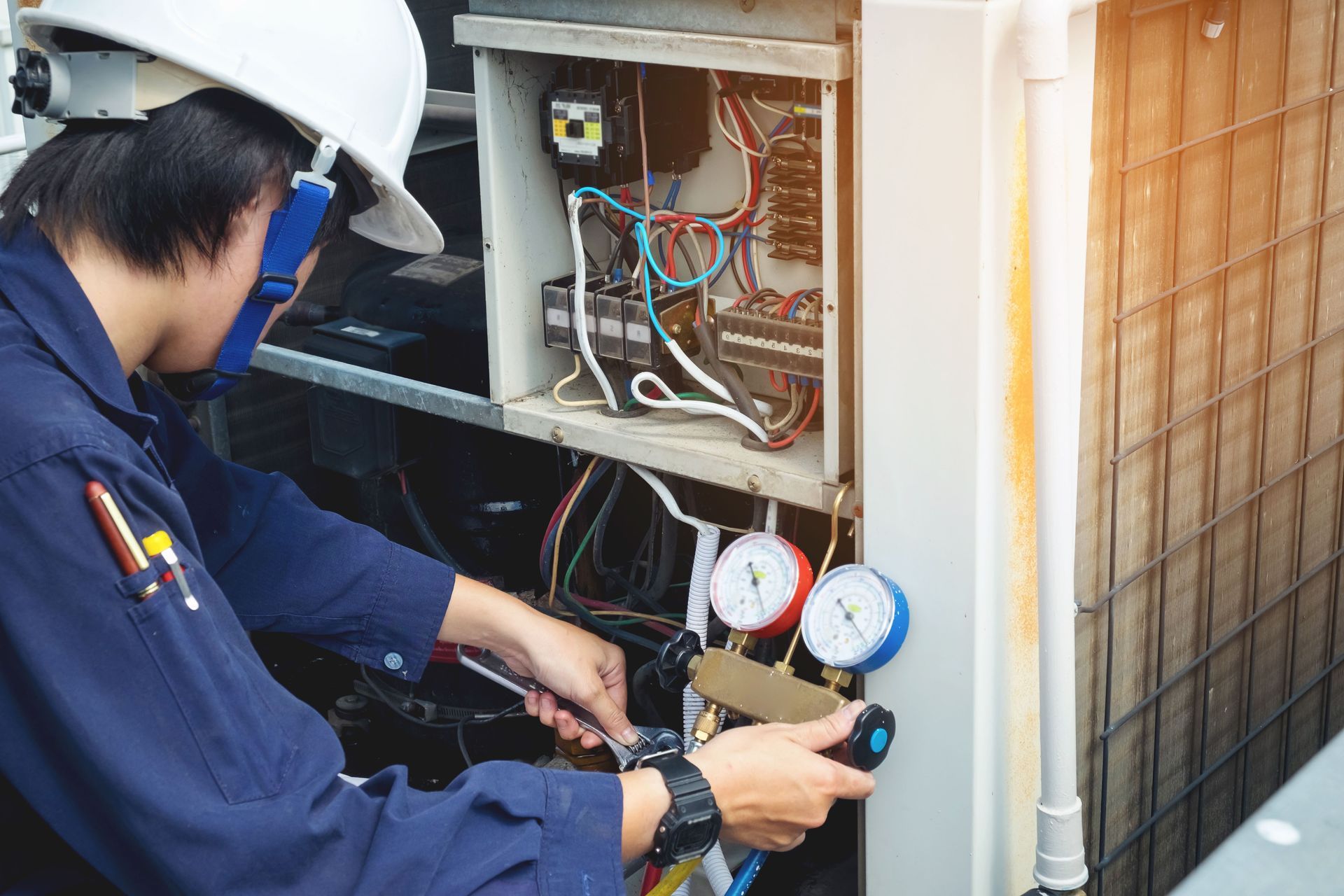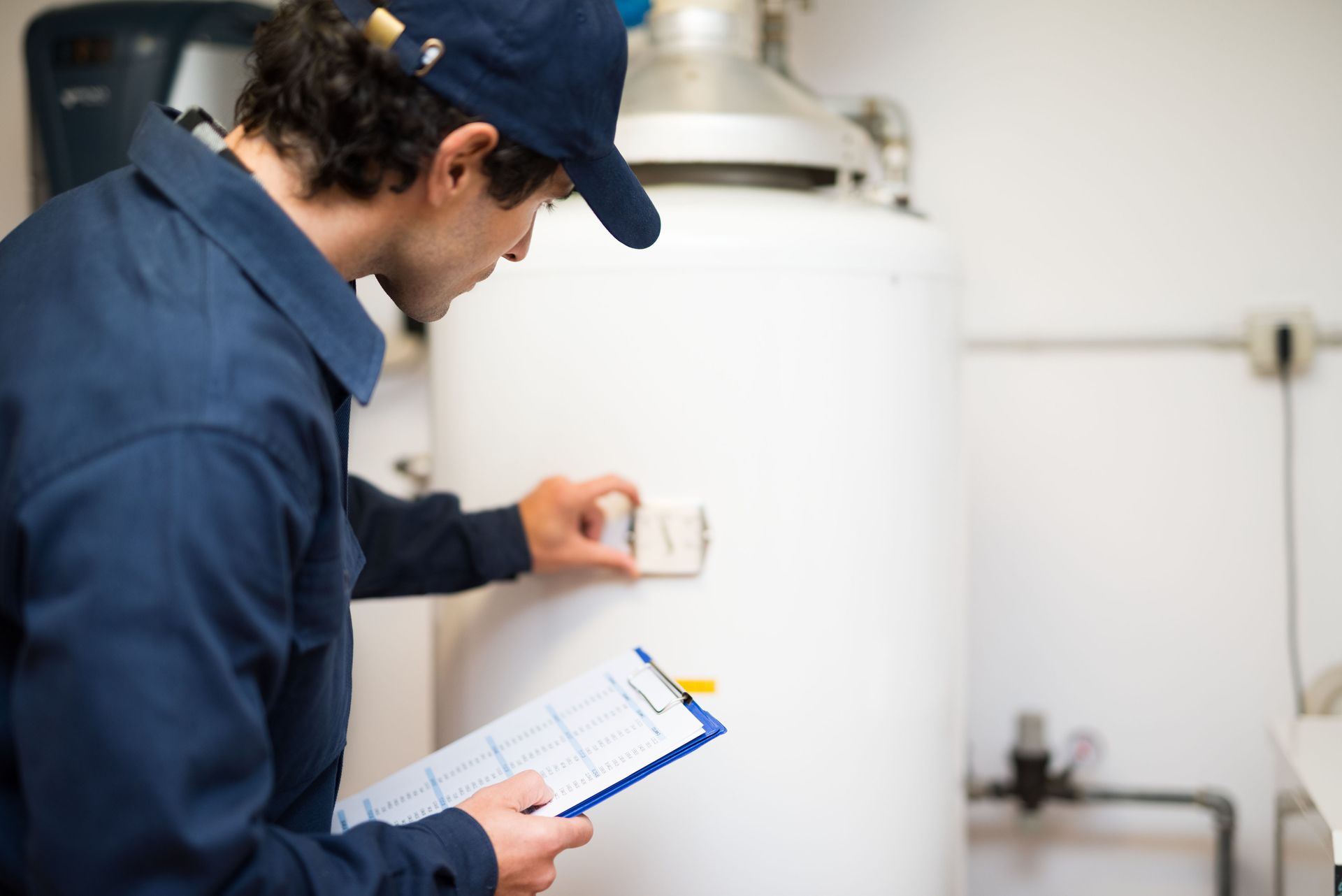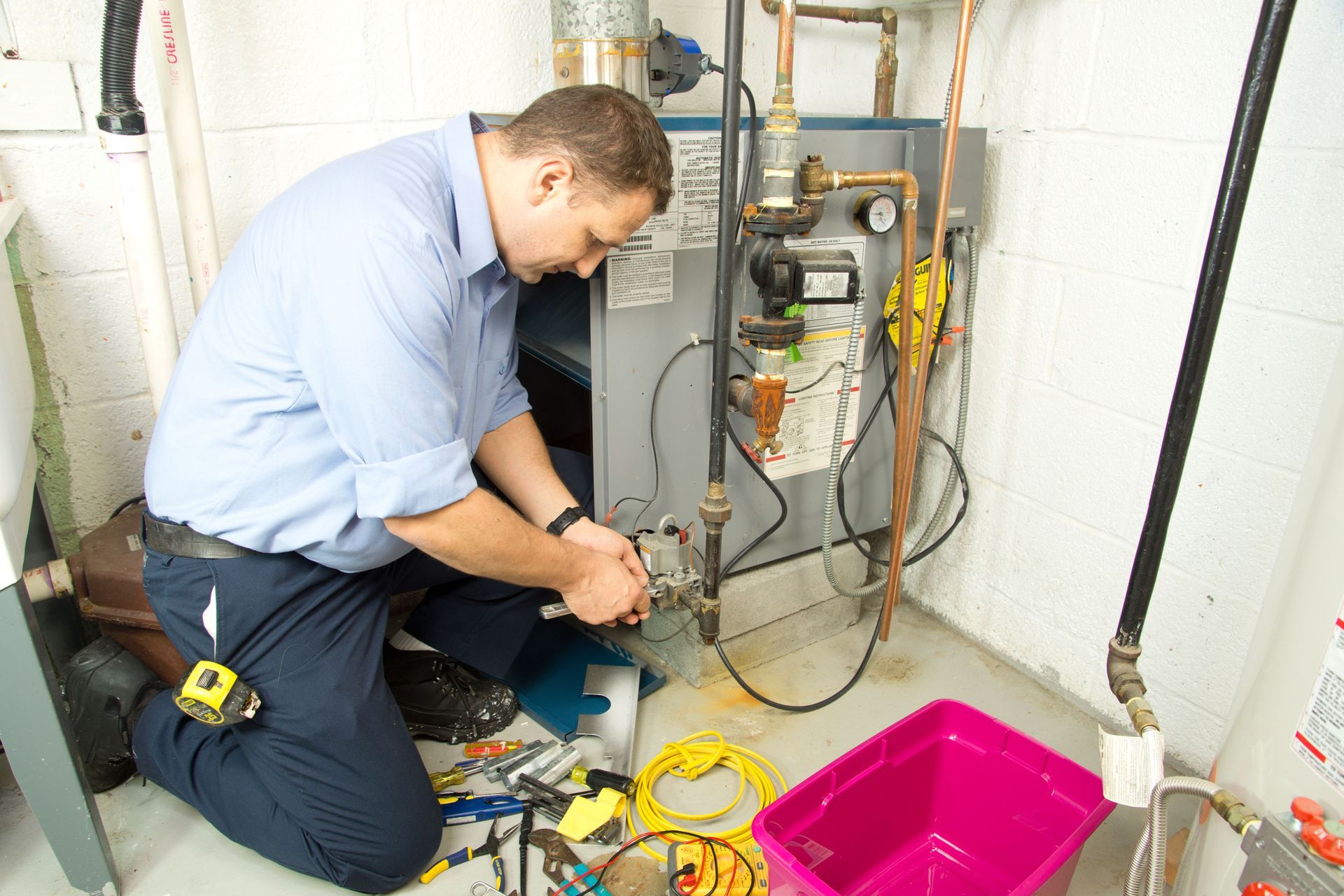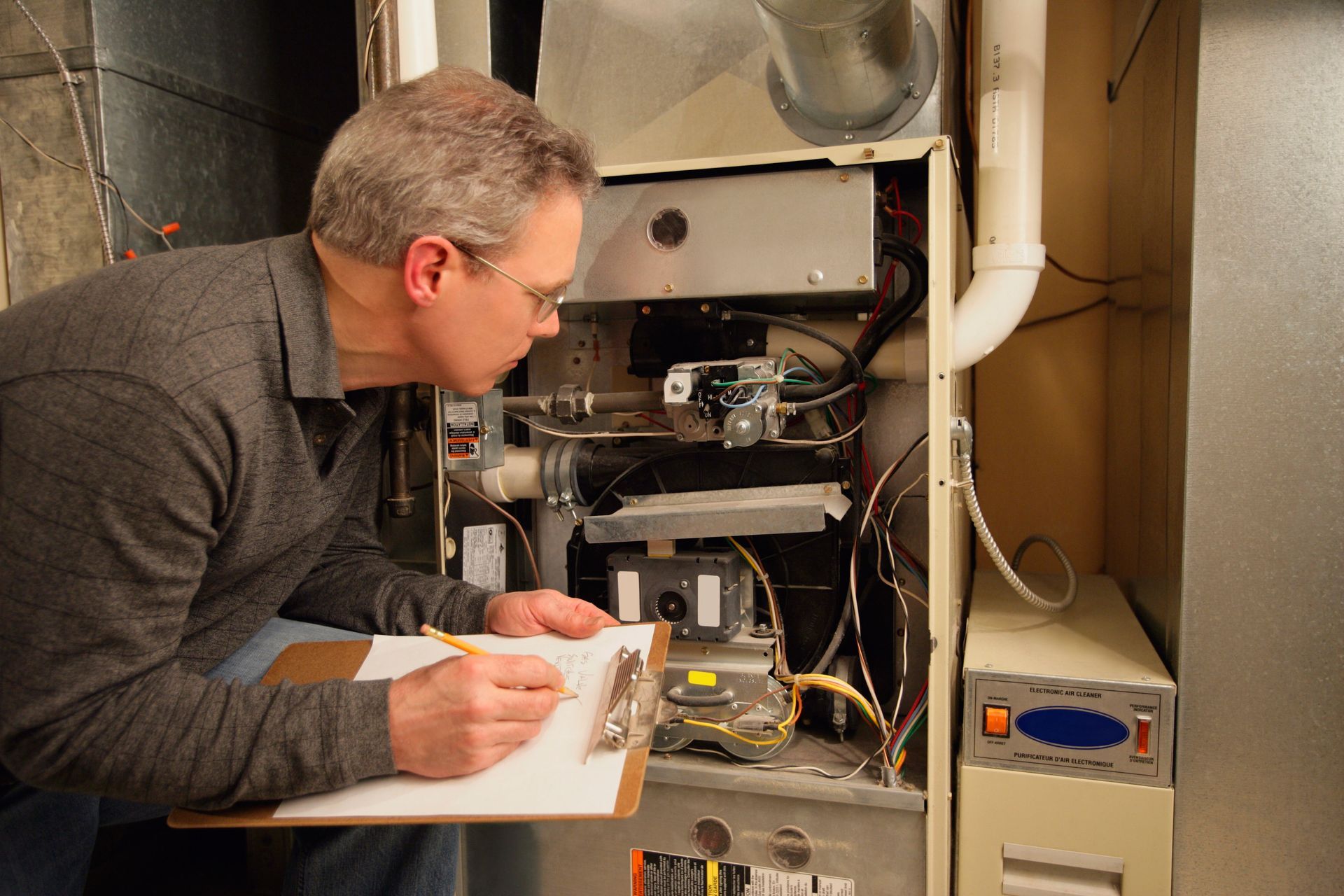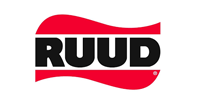August 7, 2025
Keeping your furnace in working order is essential for maintaining a safe, warm, and energy-efficient home—especially during colder months. A malfunctioning furnace can lead to discomfort, rising utility bills, and even hazardous situations if not addressed in time. Knowing the warning signs that suggest you need furnace repair can help you take action before minor issues escalate into major problems. From strange noises to inconsistent heating, these symptoms often indicate deeper mechanical issues that require professional attention. According to Workyard, the U.S. HVAC market is currently valued at $30.41 billion and growing at a projected 7.4% annual rate through 2030, a clear indication that more homeowners are depending on reliable heating systems than ever before. Investing in routine care now can prevent major system failures later.
1. Notice Unusual Noises from Your Furnace
Furnaces typically make a low hum, but loud and unusual noises are cause for concern. Banging sounds can indicate delayed ignition, while squeaking might point to dry blower motor bearings. Rattling could signal loose parts or a cracked heat exchanger, and persistent buzzing often suggests electrical issues. Each of these noises is a red flag that your furnace may be struggling to operate safely or efficiently.
A furnace making irregular sounds can quickly spiral into a costly repair or full system failure. Whether it's due to a faulty blower motor or unsecured ducts, these issues put stress on the system and reduce heating performance. Ignoring them can lead to dangerous outcomes like carbon monoxide leaks or system burnout.
By identifying and addressing noise-related problems early, you can prevent long-term damage and keep your furnace running smoothly. A professional HVAC technician can assess the problem and perform the necessary furnace repair before a complete breakdown occurs.
2. Detect Inconsistent Heating in Your Home
When rooms in your house vary significantly in temperature, your furnace could be the culprit. Uneven heating often results from clogged filters, faulty ductwork, or an improperly sized unit. Cold spots or the furnace blowing cold air are clear indicators that your heating system isn’t distributing warmth efficiently.
Inconsistencies in heating force your system to work harder, consuming more energy and shortening its lifespan. You may find yourself frequently adjusting the thermostat without much improvement. This inefficiency directly impacts your comfort and wallet.
To restore even heating, consult an HVAC professional who can inspect ductwork, recalibrate the thermostat, or recommend a properly sized replacement. Prompt furnace repair helps maintain energy efficiency and consistent indoor comfort.
3. Smell Unusual Odors While the Furnace Is Running
Unpleasant odors such as mustiness, burning, or even a rotten egg smell should never be ignored. Moldy smells may suggest moisture buildup in ductwork, while a burning odor could point to an overheating motor or dust accumulation. The most dangerous is a sulfur-like smell, which signals a gas leak.
These odors not only create discomfort but also pose serious health and safety hazards. Mold spores can aggravate allergies, and gas leaks can lead to fires or explosions. Addressing them promptly is critical to preserving a safe indoor environment.
Diagnosing the root of these odors requires professional attention. A skilled technician can clean ducts, replace failing parts, or identify leaks. Quick furnace repair in response to strange smells can protect your household and prevent further system degradation.
4. Observe a Yellow Pilot Light Instead of Blue
Your furnace’s pilot light should burn a steady blue flame. A yellow or flickering flame usually indicates an improper fuel-to-air ratio or a dirty burner, both of which can lead to dangerous carbon monoxide production.
Carbon monoxide is odorless and potentially lethal, so any sign of incomplete combustion should be taken seriously. A yellow flame is one of the easiest-to-spot indicators that your furnace needs immediate service.
Technicians can clean the burner, adjust the gas pressure, or replace faulty parts to correct the flame color. Regular maintenance can prevent this issue from recurring. Don’t overlook this small detail—it could be signaling a major problem.
5. Notice Frequent System Cycling
If your furnace turns on and off frequently, called short cycling, it’s not operating correctly. This could be caused by an overheating unit, clogged air filters, or a malfunctioning thermostat. Frequent cycling strains your system and reduces its overall efficiency.
Constant cycling leads to higher energy bills and accelerates wear and tear on parts like the blower motor or igniter. It also makes it harder to maintain a stable temperature in your home, leaving you less comfortable in the process.
Professional furnace repair can help diagnose and resolve the cause of the cycling. Whether it’s replacing a faulty thermostat or cleaning components, taking care of the issue can prolong your furnace’s lifespan and improve its performance.
6. Track Rising Energy Bills Without Explanation
A sudden spike in your energy bill—especially during moderate usage periods—is a strong indicator of furnace inefficiency. If you haven’t changed your habits but your costs are climbing, your heating system might be consuming extra energy to compensate for internal problems.
Issues such as leaky ductwork, worn-out components, or short cycling can make your furnace work harder than necessary. This increased workload not only leads to more wear but also drains your wallet month after month.
Comparing previous seasons’ utility bills and consulting with a technician can help identify the inefficiencies. Scheduling a professional inspection and timely furnace repair will restore energy efficiency and reduce your long-term costs.
7. Feel Weak or Inadequate Airflow from Vents
Poor airflow is another sign that your furnace isn’t functioning properly. If the air feels weak or doesn’t reach all rooms evenly, it may be due to a failing blower motor, clogged filters, or blocked vents.
Inadequate airflow can lead to inconsistent temperatures and a longer time to heat your home. It also increases the risk of overheating and short cycling, both of which damage the system.
Regular maintenance, including filter replacement and duct cleaning, can help improve airflow. If those measures don’t solve the issue, you may need furnace repair to address a more serious underlying problem like a failing fan motor or control board.
8. Spot Excess Dust, Soot, or Rust Around the Furnace
Seeing dust or soot buildup near your furnace or rust on surrounding components is a red flag. These substances indicate that the system isn’t burning fuel cleanly or that there’s excess moisture and corrosion. Soot and dust can clog filters and ducts, reducing air quality and airflow. Rust, on the other hand, weakens parts of the furnace and may eventually lead to leaks or structural failure.
These visible signs are often overlooked but can signal serious internal issues. Scheduling furnace repair early can prevent bigger problems and extend the life of your system. Regular inspections can also improve indoor air quality by addressing buildup before it spreads through your home.
If you’ve observed any of the warning signs outlined above, now is the time to take action. Addressing furnace repair issues promptly not only prevents costly damage but also keeps your home safe, warm, and energy-efficient. As the HVAC market continues its rapid growth, quality service and maintenance have never been more essential. For expert help you can trust, contact Beck’s Plumbing and Heating LLC. Serving Northern Colorado, we offer furnace installation and maintenance, along with residential and commercial HVAC repair and installation. Backed by a one-year labor and materials warranty and free next-day estimates, we’re here to restore comfort to your home.
